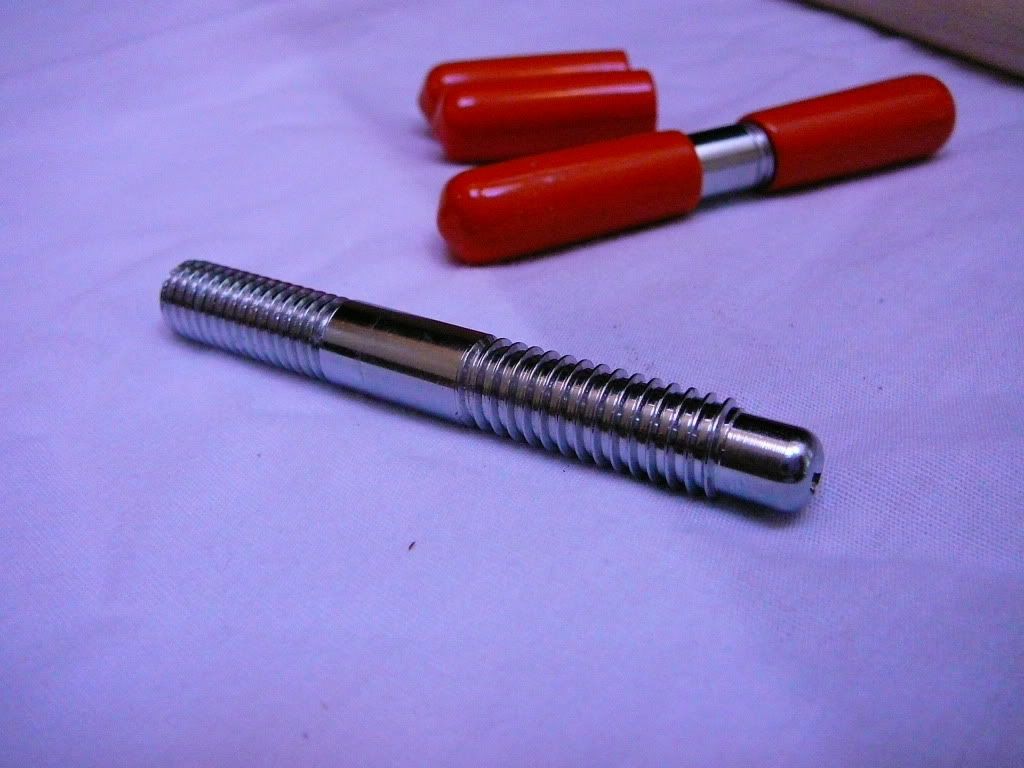I've had success cutting 5/8" 18TPI threads in 3 consecutive cues made of curly maple. I received some curly maple from a career furniture maker that was kiln dried and then stored for an undefined length of time. I tried to cut the same threads in this wood using the same sized hole as the first 3 cues (per the tap mfg directions) but the threads keep stripping. I cut the forearm shorter twice and rebored the hole twice, but the same thing keeps happening. Could the wood be too dry? If so, should I wipe with a damp sponge before waxing and tapping? I still have enough of this curly maple to make at least a dozen cues. I'd hate to use it for coring as it does have a nice figure to it. It isn't insanely curly, but it is consistently curled every inch or so. If anybody has guidance, it'd sure be appreciated.
This post was originally concerning the A joint, but thanks to everyone who posted. Any good info is useful info.
This post was originally concerning the A joint, but thanks to everyone who posted. Any good info is useful info.
Last edited:
